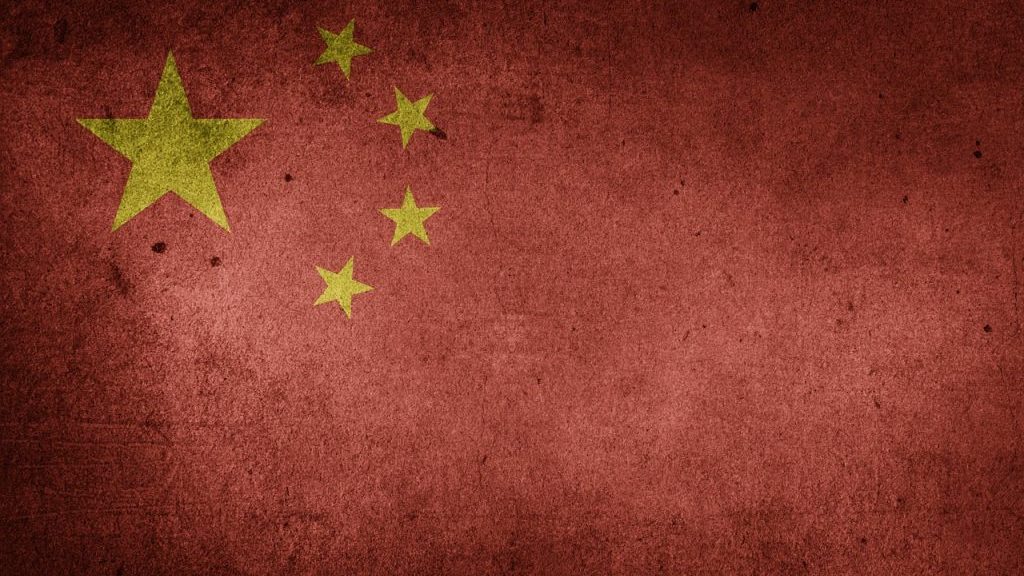In 2019, the World Bank said that the Belt and Road Initiative connects far-reaching rural regions in the global south with economic opportunities and cheaper goods.
Yet an analysis by the Munk School of Global Affairs and Public Policy notes that this praise often comes from autocratic countries that are pursuing projects Western financiers have deemed too risky, particularly amid armed conflict in Myanmar and Pakistan.
Critics point to Sri Lanka, which took on large amounts of debt, especially from China. When it struggled to repay that debt, it ended up giving Beijing control of a strategic port in Colombo.
In the U.S., annual reports to Congress on U.S.-China Commercial Relations call out the initiative as destabilizing the world by compromising national sovereignty and expanding the use of surveillance technology.
Australia, a member of the Five Eyes intelligence alliance alongside Canada, kiboshed two BRI deals struck by one of its states in 2021, saying vaguely that they were “inconsistent with Australia’s foreign policy or adverse to our foreign relations.”
Italy and Albania once signed onto the BRI, but withdrew from the BRI last year, arguing it did not yield economic benefits.
The Canada West Foundation says the initiative is already affecting how Canadian companies and development projects operate in countries ranging from Indonesia to Nigeria.
What in the
“China is doing its best, not only to help the people of China to live better lives, but also at the same time, to make contributions to international peace and prosperity,” Cong said in an interview with The Canadian Press.
??? the CCP is literally a regime
Scientist fired from Canadian disease lab intentionally gave info to China: CSIS
China leaves Canada off list of approved travel destinations
Canadian Press wtf?
Yeah Canada better be careful or they’re gonna FAFO big time.
I’m sure Mr Polievre will be onto that deal like brass on a monkey. Remember how Mr Harper was China’s personal bitch while he was supposed to be working for Canadians ? Same thing but this time we’ll lose our ports (harder).
Here is an alternative Piped link(s):
https://www.piped.video/watch?v=ljcVN8lWRl8
https://www.piped.video/watch?v=gJRJtCAnDlk
Piped is a privacy-respecting open-source alternative frontend to YouTube.
I’m open-source; check me out at GitHub.
Last year, researchers at AidData, the World Bank, the Harvard Kennedy School, and the Kiel Institute for the World Economy in Germany found that Beijing has dramatically expanded emergency rescue lending to sovereign borrowers in financial distress—or outright default.
Essentially, however, China has been bailing out its own banks, the study found. You can download the study here.
TLDR:
China had undertaken 128 rescue loan operations across 22 debtor countries worth $240 billion [by March 2023 when the study was published]. These include many so-called “rollovers,” in which the same short-term loans are extended again and again to refinance maturing debts.
Less than 5 percent of Beijing’s overseas lending portfolio supported borrower countries in distress in 2010, but that figure soared to 60 percent by 2022. Therefore, China’s new funding schemes pivoted away from infrastructure project lending to ramping up liquidity support operations. Nearly 80% of its emergency rescue lending was issued between 2016 and 2021.
China does not offer bailouts to all BRI borrowers: low-income countries are typically offered a debt restructuring that involves a grace period or final repayment date extension but no new money, while middle-income countries tend to receive new money to avoid default. The reason is that these middle-income countries represent 80% or more than $500 billion of China’s total overseas lending, thus posing major balance sheet risks, so Chinese banks have incentives to keep them afloat via bailouts.
Borrowing from Beijing in emergency situations comes at a high price. Rescue loans from the International Monetary Fund (IMF) carries a 2% interest rate, while the average interest rate attached to a Chinese rescue loan is 5% in comparable situations.




